Customizable Medical Records Invoice Template for Healthcare Providers
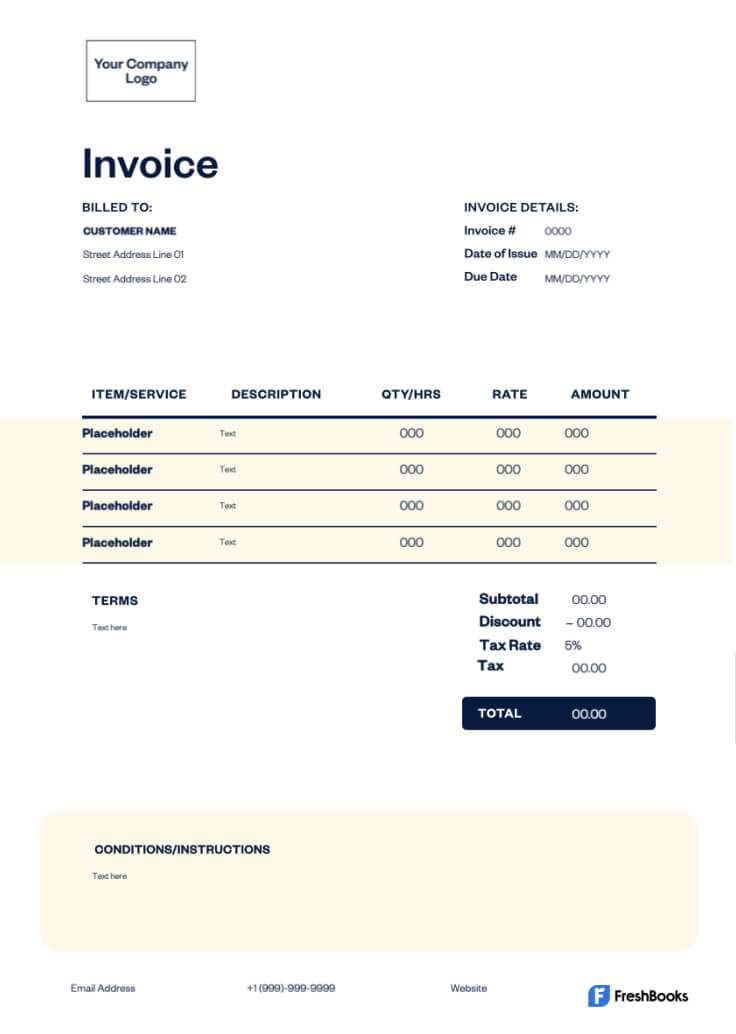
Managing payments and ensuring accurate documentation are crucial aspects of running a healthcare practice. Having a reliable and organized system for tracking charges, payments, and services rendered helps prevent errors and delays. A well-structured billing process not only ensures that practitioners are paid promptly but also promotes trust and transparency between healthcare providers and their patients.
Creating a consistent and easy-to-use format for billing statements is essential for any medical office. By standardizing the way charges are recorded and presented, providers can save time, reduce mistakes, and improve overall workflow. Whether you’re a private clinic or part of a larger healthcare network, a well-crafted system for handling financial transactions is indispensable.
In this article, we will explore the best practices for designing a document that suits your practice’s needs. We’ll cover the key elements, customization options, and tools available to enhance efficiency. By following these guidelines, you’ll be able to simplify your billing process and focus more on delivering quality care to your patients.
Understanding the Importance of Medical Invoices
Efficient billing and payment tracking are fundamental for the financial health of any healthcare practice. Clear and accurate documentation of services ensures that providers are compensated properly for the care they deliver. Without a systematic approach to recording charges, errors are more likely to occur, which can lead to payment delays or disputes. Properly structured financial documents are essential for maintaining smooth operations and a positive relationship between healthcare professionals and their patients.
Why Clear Documentation Matters
When a healthcare provider submits a charge for their services, clarity is key. A well-documented statement provides detailed information about the care provided, helping patients understand what they are being billed for. This transparency helps to prevent misunderstandings and ensures that the patient can confirm that all services and treatments were accurately recorded. Furthermore, it streamlines the payment process, making it easier for insurance companies or other third parties to process claims.
Legal and Regulatory Compliance
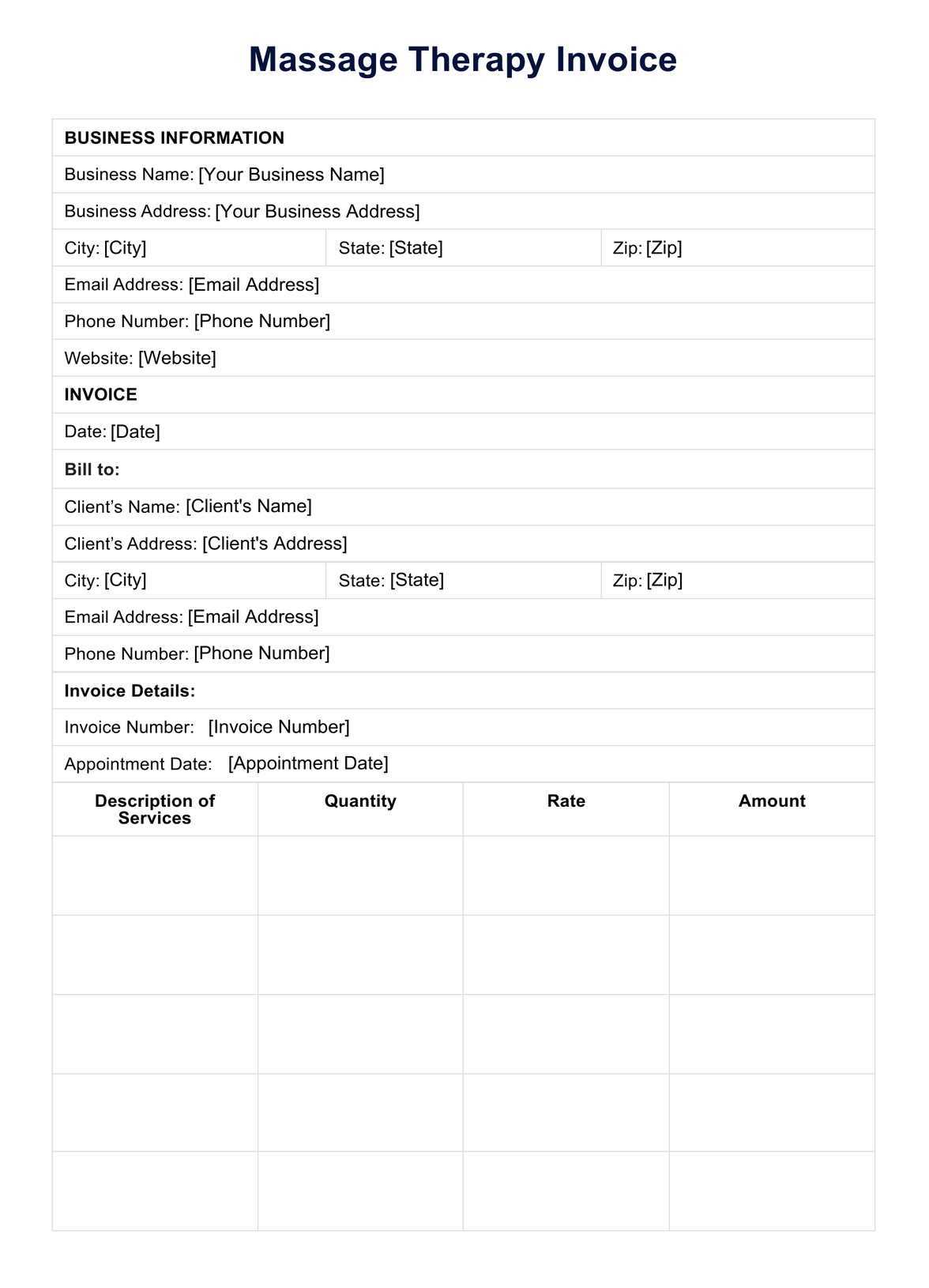
Accurate financial records are not only important for operational efficiency but also for compliance with industry regulations. Healthcare providers must adhere to strict laws governing billing practices, and failure to do so can lead to penalties or legal complications. Well-organized documents that align with legal requirements safeguard against these risks, ensuring that th
How to Create a Medical Records Invoice
Creating a professional billing document is an essential skill for healthcare providers. This document serves as a detailed breakdown of the services rendered and the corresponding fees. Crafting a clear and accurate statement not only ensures prompt payment but also helps avoid disputes. A well-designed record is a key element in maintaining financial order and improving patient satisfaction.
To begin, the document should include basic information such as the patient’s name, contact details, and treatment date. It’s also important to list the services provided in a structured manner, including the description of each service, its cost, and any applicable taxes. Make sure to also include payment terms, such as the due date, accepted payment methods, and instructions for submission.
Essential Information to Include
The structure of the document should be straightforward and easy to read. In addition to the patient’s details, ensure you provide a breakdown of each service, indicating unit prices, quantities, and the total cost for each item. If the care involves multiple sessions or procedures, list each one separately to avoid confusion. Always include the total amount due at the bottom of the document and check that all figures are accurate.
Formatting and Design Tips
While the content is important, the presentation of the document is equally crucial. Choose a simple, professional layout with clear headings and sections. Using bold or italicized text for important information, such as total charges or due dates, can help ensure that these details stand out. A clean design reduces the chances of errors and makes the document easy to navigate for both patients and accounting staff.
In conclusion, creating an effective billing statement requires attention to detail and a logical structure. By following these guidelines, healthcare providers can ensure that their billing process runs smoothly, reducing the risk of errors and improving the overall experience for their patients.
Essential Elements of an Invoice Template
To ensure smooth billing and efficient tracking of payments, it is important to include certain key components in a billing document. These elements not only facilitate clarity but also help avoid confusion for both the service provider and the recipient. A well-structured document ensures that all necessary details are communicated clearly, contributing to faster processing and fewer disputes.
Basic Information to Include
The first step is to include the basic contact information of both the healthcare provider and the patient. This typically includes the provider’s name, address, phone number, and email, as well as the patient’s name and contact details. Additionally, the document should include a unique reference number or code for easy identification and tracking. This helps avoid any mix-ups and allows both parties to quickly reference the document when needed.
Clear Breakdown of Services and Charges
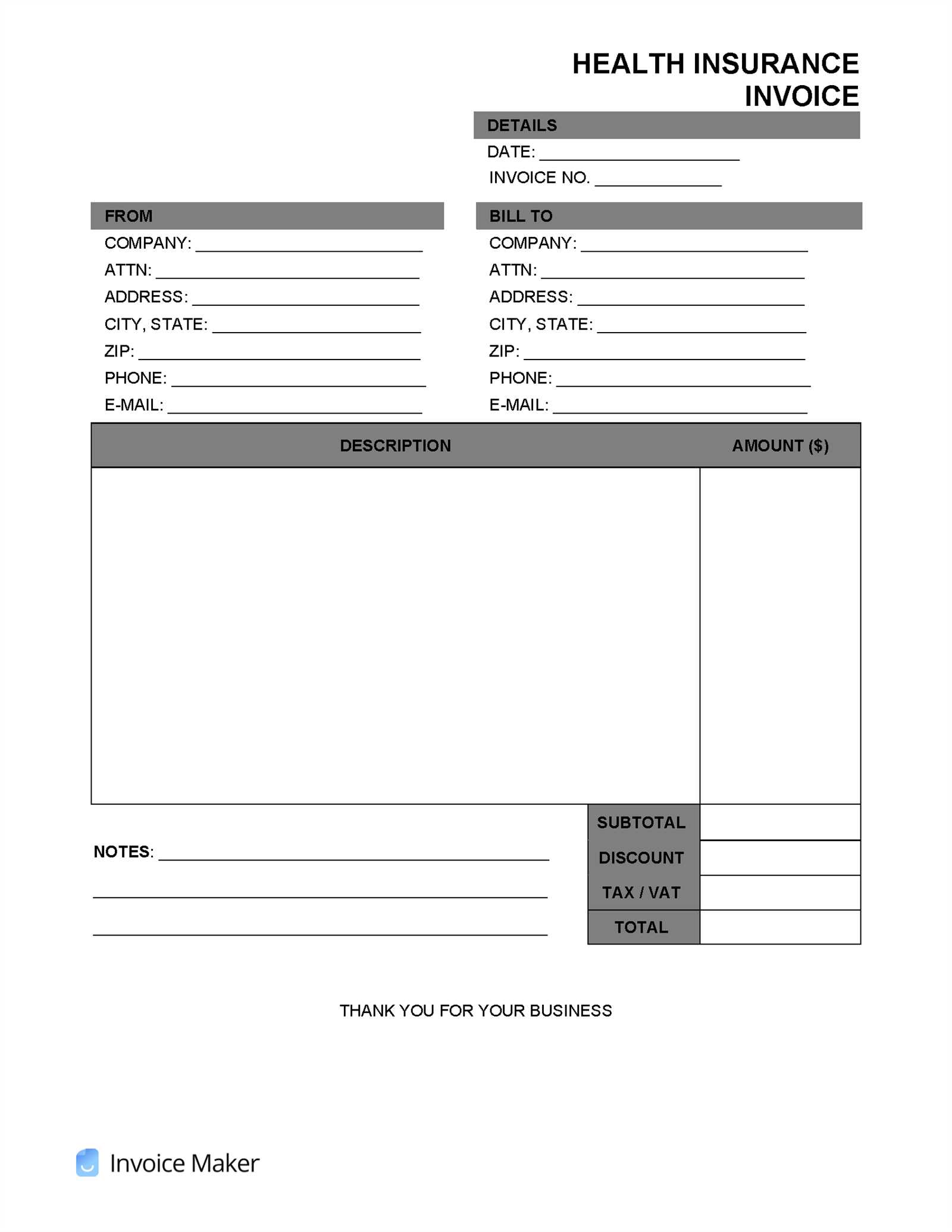
One of the most important parts of any billing document is a detailed breakdown of services rendered. Each service should be listed separately with a clear description, the cost for that service, and any other relevant details, such as the quantity or time spent. This section ensures transparency and helps the patient understand exactly what they are being charged for. Make sure that each charge is listed with clear pricing and calculations, including any applicable taxes or fees.
In addition to listing services, it’s important to include payment terms. These include the total amount due, the due date, accepted payment methods, and any late payment penalties, if applicable. This section provides clear instructions on how and when the payment should be made, helping to avoid delays or misunderstandings.
By including these essential elements, a billing document becomes a clear, professional, and effective tool for managing payments and maintaining financial transparency.
Benefits of Using an Invoice Template
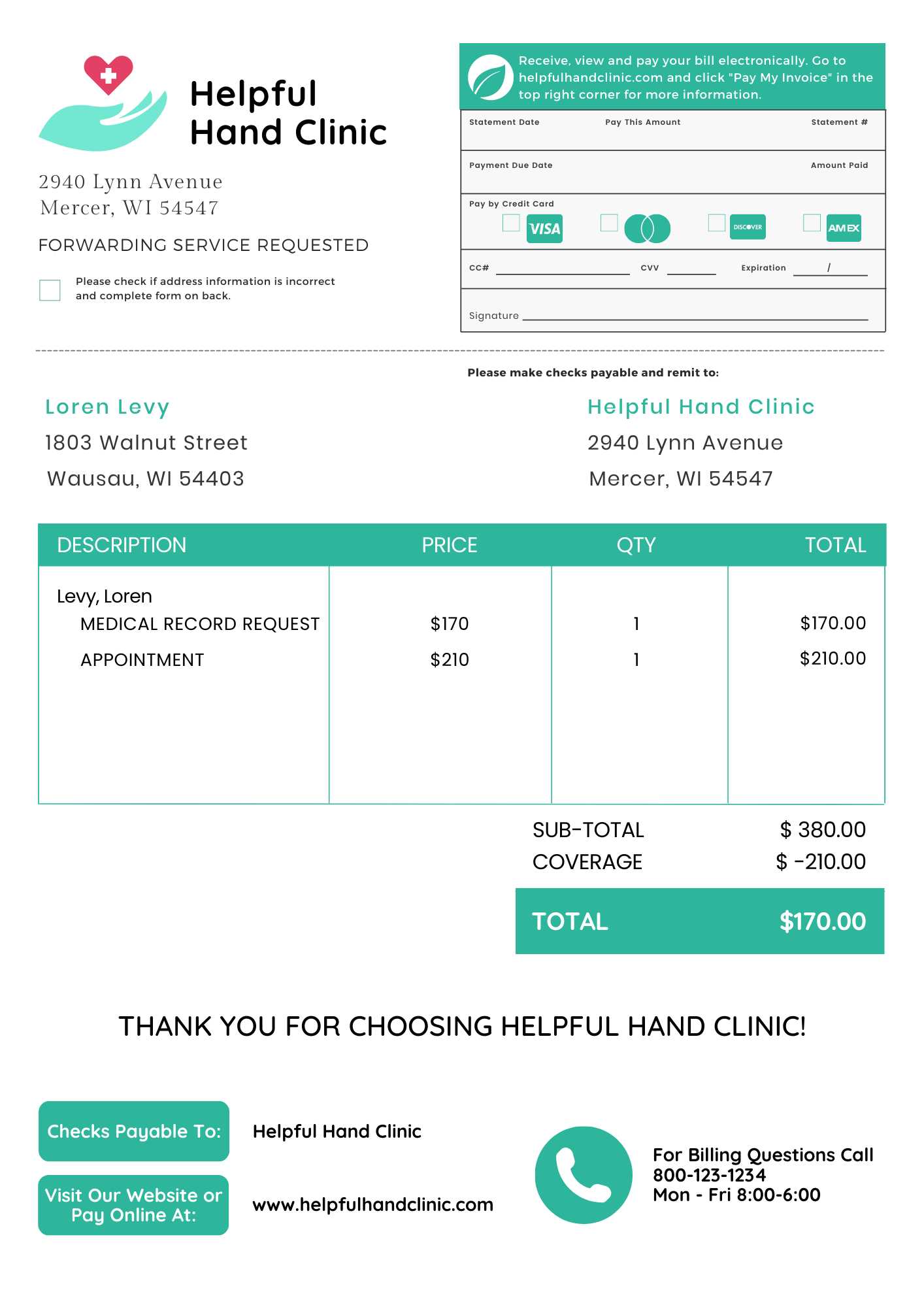
Utilizing a standardized format for billing and payment documentation brings a range of advantages for healthcare providers. By adopting a consistent approach, practices can streamline their processes, reduce errors, and improve efficiency. A well-structured billing system helps ensure that all necessary details are captured and presented in a clear, professional manner, facilitating quicker payment and reducing administrative overhead.
Improved Accuracy and Consistency
One of the primary benefits of using a predefined document format is the consistency it provides. By following a standardized layout, every bill looks the same, ensuring that no crucial information is omitted. This helps eliminate human error that may arise from manually creating new billing documents from scratch. In turn, this reduces the chances of mistakes, such as incorrect charges or missing details, and ensures that every patient receives a complete and accurate statement.
Time and Resource Efficiency
Creating billing documents from scratch for each patient or service can be time-consuming. A standardized format simplifies this process by allowing for quick and easy generation of new records with minimal input. Healthcare providers can save valuable time that would otherwise be spent on formatting and organizing information. Furthermore, this efficiency frees up resources that can be allocated to other critical tasks within the practice, such as patient care or administrative duties.
In addition, a pre-designed format often includes automated calculations, ensuring that totals and taxes are accurately added without the need for manual intervention. This reduces the potential for calculation errors, further enhancing the overall reliability of the billing process.
Enhanced Professionalism
A polished, consistent document reflects well on any healthcare practice. Using a professional billing format reinforces trust and credibility with patients, demonstrating that the provider values organization and transparency. Whether the document is presented in paper or digital form, having a clear, visually appealing layout can improve the overall patient experience and help establish stronger relationships with clients.
In conclusion, adopting a standardized billing document can bring significant benefits, from improved accuracy to enhanced efficiency and professionalism. It’s a simple yet effective tool for ensuring a smooth financial process and building stronger patient trust.
Customizing Your Billing Document Format
Personalizing your billing statement format to fit the specific needs of your healthcare practice can significantly enhance the efficiency and professionalism of your financial processes. Customization allows you to reflect your brand, maintain consistency, and ensure that all relevant information is clearly communicated to patients. By tailoring the design and content, you can streamline your workflow while providing a more personalized experience for your clients.
Key Areas to Customize
When adjusting the layout and content of your billing document, consider the following elements:
- Provider Information: Ensure that your practice’s name, address, contact details, and logo are prominently displayed at the top. This reinforces your brand and helps patients easily identify the source of the document.
- Service Descriptions: Customize the way services are listed. If you offer specialized treatments, tailor the descriptions to provide clear explanations that reflect the care provided.
- Payment Terms: Include specific payment instructions that align with your practice’s policies, such as accepted payment methods, payment deadlines, and late fee policies.
- Formatting and Style: Adjust fonts, colors, and spacing to create a professional, easy-to-read document. A clean and simple design can enhance readability and ensure that key information stands out.
- Additional Sections: If necessary, add sections for insurance details, patient account numbers, or any other relevant information that is specific to your practice’s billing needs.
Benefits of Customization
Customizing your billing document format not only makes the document more relevant to your practice but also improves communication and minimizes confusion. A tailored document ensures that the patient receives a clear and accurate summary of services provided and the corresponding costs. Furthermore, it can help build trust by reflecting the professionalism and unique qualities of your practice.
By taking the time to personalize your billing documents, you create a more efficient system that aligns with your workflow and enhances your relationship with patients. With the right customization, you ensure that your billing process remains smooth, organized, and professional.
Key Information to Include in Billing Statements
When creating a billing document, it is essential to include certain key details that ensure clarity and transparency for both the healthcare provider and the patient. A well-organized statement helps to avoid misunderstandings, ensures timely payment, and streamlines the overall financial process. By including all necessary information, you make it easier for patients to understand their charges and for insurance companies to process claims efficiently.
Basic Details to Include
The following elements are critical to include in any billing document to ensure all the necessary information is conveyed:
| Detail | Description |
|---|---|
| Provider Information | Name, address, phone number, and email of the healthcare provider or practice. |
| Patient Information | Full name, contact details, and, if applicable, insurance information of the patient. |
| Statement Date | The date the billing statement was created. |
| Unique Reference Number | A unique identifier for the billing document to assist with record-keeping. |
| Service Description | A detailed list of services or treatments provided, including dates of service and associated fees. |
| Total Amount Due | The final amount owed by the patient, including any applicable taxes or additional fees. |
| Payment Terms | Details about the payment methods, due date, and any penalties for late payments. |
Additional Important Information
Depending on the complexity of the services provided, you may need to include further details such as:
- Insurance Claims: If the patient has insurance coverage, include space for the insurance company’s name, policy number, and any co-payment amounts.
- Balance Forward: If the patient has any outstanding balance from previous visits, this should be clearly indicated.
- Payment Instructions: If your practice offers different payment methods (credit card, online payment, etc.), include instructions for each method.
By ensuring that all of these elements are present and clearly communicated, your billing document will not only be informative but will also promote transparency and reduce the likelihood of dispute
Billing Compliance Guidelines
Following billing compliance guidelines is essential for any healthcare practice to ensure that financial transactions meet legal and regulatory standards. Adhering to these regulations not only protects your practice from potential legal issues but also ensures that patients are billed accurately and fairly. Understanding the key requirements and implementing them into your billing processes can help maintain transparency, reduce errors, and avoid penalties.
Key Compliance Requirements
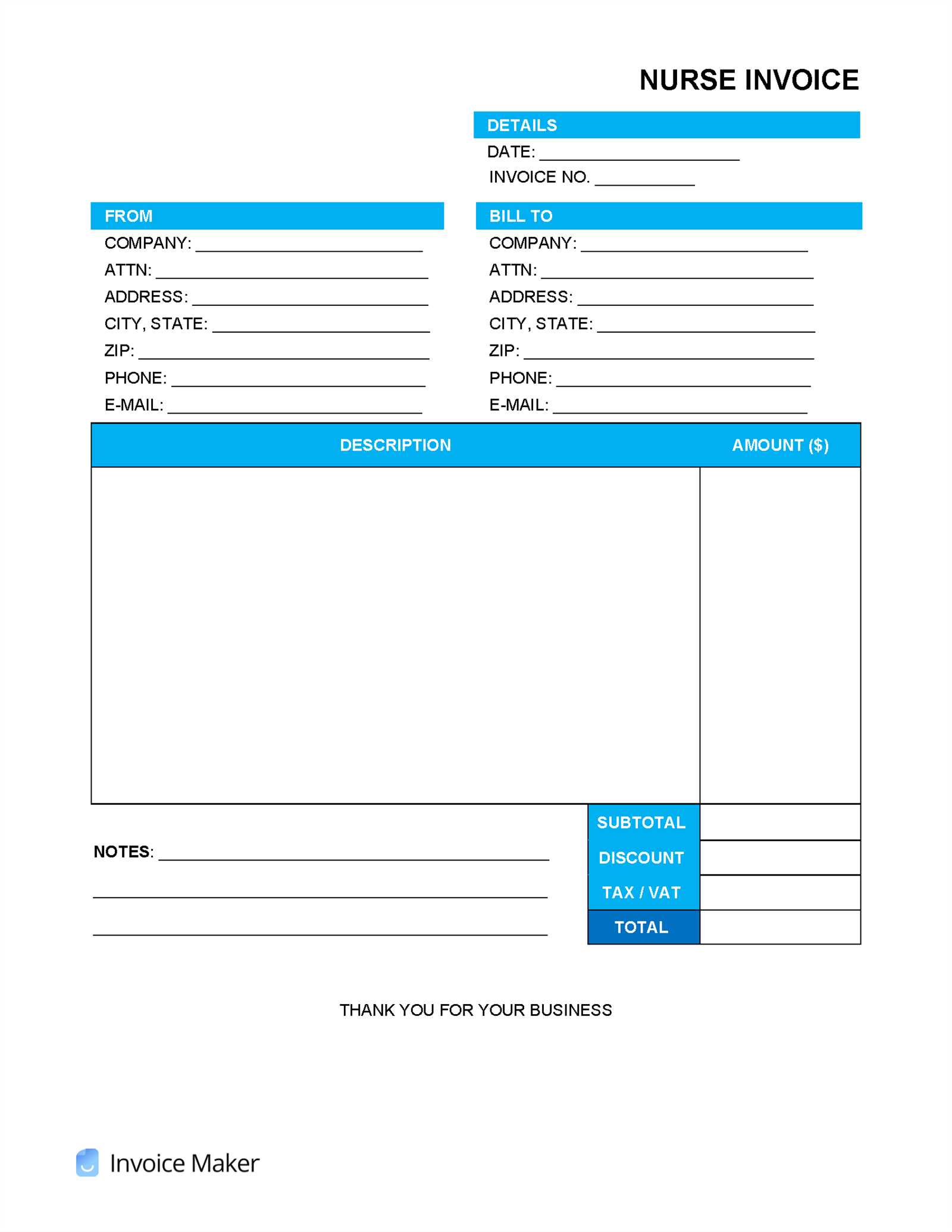
There are several important guidelines that healthcare providers must follow when billing for services. These guidelines ensure that the billing process is both legal and ethical. Below are the key elements that must be considered:
| Requirement | Description |
|---|---|
| Accurate Record-Keeping | Ensure that all services provided to the patient are accurately documented. This includes dates of service, procedures performed, and associated costs. |
| Transparency of Charges | Clearly itemize each charge on the statement, providing patients with a detailed list of services and the corresponding fees. |
| Timely Submission | Submit billing documents to insurance companies or patients promptly to avoid delays in payments. Follow any specific submission timelines required by payers. |
| Insurance Information | Correctly capture and report patient insurance details, ensuring that claims are filed with accurate coverage and policy information. |
| Confidentiality and Privacy | Ensure that all patient billing information is stored securely and that sensitive data is handled according to privacy regulations such as HIPAA (Health Insurance Portability and Accountability Act). |
| Compliance with Coding Standards | Use the appropriate coding systems (e.g., ICD-10, CPT) for services provided, ensuring that the codes are accurate and align with industry standards. |
Staying Updated with Regulations
Healthcare billing regulations can change frequently, so it is crucial for providers to stay updated on the latest laws and standards. This may include revisions to coding systems, changes in insurance requirements, or updates to patient confidentiality laws. Regular training for billing staff and periodic audits of billing practices can help ensure ongoing compliance with current regulations.
By understanding and implementing the
How to Format Billing Documents Properly
Properly formatting billing statements is crucial for ensuring that all relevant details are clear and easy to understand. A well-organized document not only improves efficiency but also promotes professionalism and minimizes errors. By following the correct format, healthcare providers can ensure that patients and insurance companies can quickly process payments, reducing the risk of misunderstandings and disputes.
Essential Formatting Tips
The structure of a billing statement should be straightforward, easy to follow, and consistent. Below are some key formatting tips to consider when preparing your document:
| Formatting Element | Description |
|---|---|
| Clear Header | Start with a header that includes the provider’s name, logo, and contact information. This should be prominent and easy to find at the top of the document. |
| Patient Information | Include the patient’s full name, contact details, and any relevant patient ID numbers. This ensures that the statement is properly attributed to the correct individual. |
| Itemized Service List | Present each service rendered in a clear, itemized format. Include a description of the service, the date it was provided, and the associated cost for each item. |
| Total Amount Due | Make sure the total amount due is clearly stated at the bottom of the document. This should be easy to find and should include any applicable taxes or additional fees. |
| Payment Terms | Clearly state payment instructions, including accepted methods of payment, the due date, and any late payment penalties if applicable. |
Additional Design Considerations
Beyond the co
Common Mistakes in Billing
Inaccurate billing can lead to payment delays, disputes, and frustration for both healthcare providers and patients. Even small errors in documentation can have significant consequences, affecting the financial stability of the practice and the patient’s trust. Understanding common mistakes in the billing process and taking proactive steps to avoid them is crucial for maintaining an efficient and transparent financial system.
Common Errors to Avoid
Below are some of the most frequent mistakes made during the billing process:
- Incorrect Patient Information: One of the most common mistakes is failing to correctly enter patient details such as name, date of birth, or insurance information. Small discrepancies can cause confusion and delay the payment process.
- Missing or Incomplete Service Details: Failing to provide a detailed list of services, including dates, descriptions, and itemized costs, can result in miscommunication and payment delays. Ensure that every service is clearly described and accurately billed.
- Incorrect Coding: Using the wrong codes for procedures or diagnoses can lead to claim rejections or delays in payment. Always verify that the correct coding is applied according to industry standards.
- Failure to Include Insurance Information: Omitting or incorrectly entering insurance details can delay payments, especially when claims need to be filed with third-party payers. Always ensure that insurance information is complete and accurate before submitting a claim.
- Not Updating Billing Information: Billing information such as payment terms, due dates, and late fees should be reviewed and updated regularly. Failing to update these details can cause confusion or frustration for patients.
- Unclear Payment Instructions: If the payment instructions are not clear, patients may not know how or when to pay. Always make payment methods, due dates, and penalties for late payments clear and easy to understand.
Minimizing Errors in the Billing Process
To avoid these common mistakes, it’s important to establish a consistent, organized process for creating and reviewing billing documents. Some helpful practices include:
- Double-Check All Details: Always review patient information, service descriptions, and charges for accuracy before finalizing the document.
- Stay Updated with Codes and Regulations: Regularly review coding systems and industry regulations to ensure compliance with the latest standards.
- Use Billing Software:
Best Practices for Billing Management
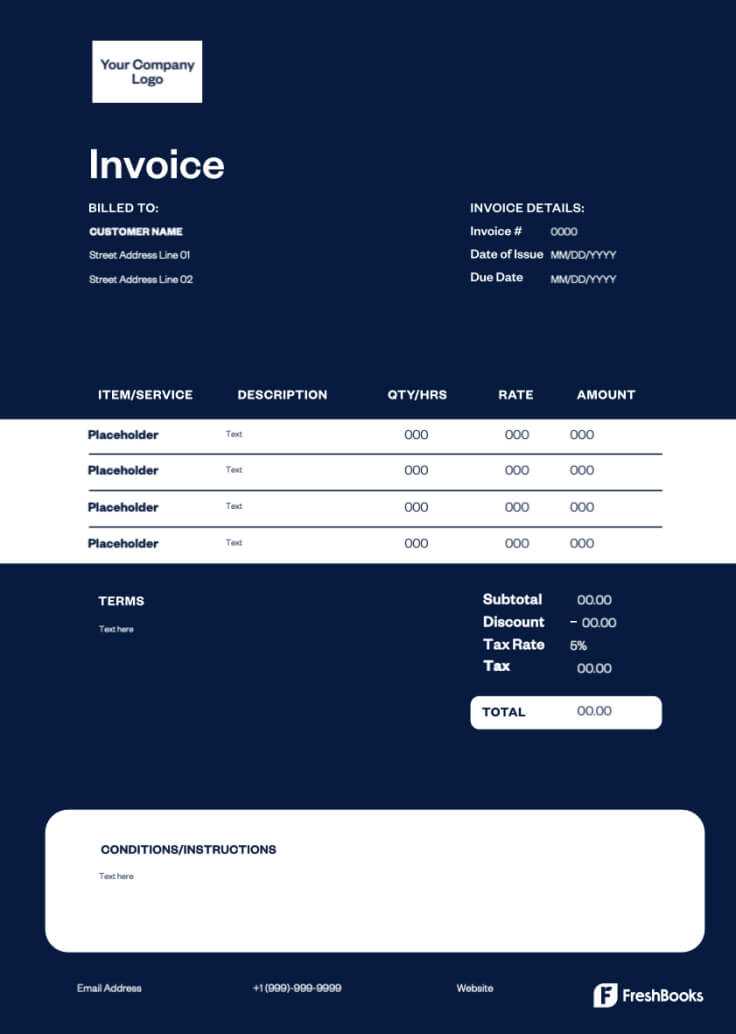
Efficient management of billing documents is essential for maintaining a smooth and professional financial process. By following best practices, healthcare providers can ensure accuracy, timely payments, and a positive experience for patients. Effective management also helps reduce administrative errors, minimizes delays, and maintains financial stability for the practice. Here are some key practices that can improve billing management.
Organizing and Storing Billing Documents
One of the most important aspects of billing management is keeping everything organized. A structured approach to storing and retrieving billing records can save time and reduce errors. Consider the following:
- Digital Storage Systems: Using electronic systems to store billing records makes it easier to access and manage documents. Digital records can be easily categorized, and search functions allow for quicker retrieval.
- Secure Storage: Ensure that all patient billing information is stored securely. Adhere to privacy regulations to protect sensitive data and prevent unauthorized access.
- Regular Backups: Regularly back up billing records to prevent data loss in case of technical issues. A reliable backup system ensures that all documents are safe and recoverable.
Timely Billing and Follow-ups
Timeliness is critical in the billing process. Delayed billing can lead to payment issues and affect cash flow. To maintain efficient billing, follow these practices:
- Send Bills Promptly: Bill patients as soon as services are rendered. This reduces delays in payment and helps maintain a consistent cash flow.
- Monitor Payment Deadlines: Track payment due dates and follow up promptly if payments are not received. Use automated reminders or set alerts to stay on top of overdue accounts.
- Clear Payment Instructions: Make sure the payment terms, methods, and deadlines are clear and easy to follow. This will minimize confusion and ensure faster payments.
Reviewing and Auditing Billing Practices
Regularly reviewing and auditing your billing process can help identify areas for improvement and reduce errors in the long term. Incorporate these practices to maintain billing accuracy:
- Double-Check Details: Before sending out any billing document, ensure that all patient information, service details, and payment amounts are correct.
- Audit Regularly: Conduct routine audits of your billing processes to identify discrepancies and ensure compliance with all regulatory standards.
- Train Your Staff: Regularly train your staff on billing best practices and any changes to industry standards or regulations. Well-informed staff are less likely to make mistakes.
By implementing these best practices, healthcare providers can improve their billing efficiency, reduce errors, and maintain positive relationships with their patients. A well-managed billing system contributes to the financial heal
Tools for Creating Billing Documents
Creating billing statements efficiently requires the right tools to ensure accuracy and consistency. Whether you’re managing a small practice or a large healthcare facility, using specialized tools can simplify the process, reduce errors, and streamline document creation. These tools can range from basic software to more advanced systems designed specifically for healthcare billing, each offering unique features to enhance the billing workflow.
Popular Tools for Billing Document Creation
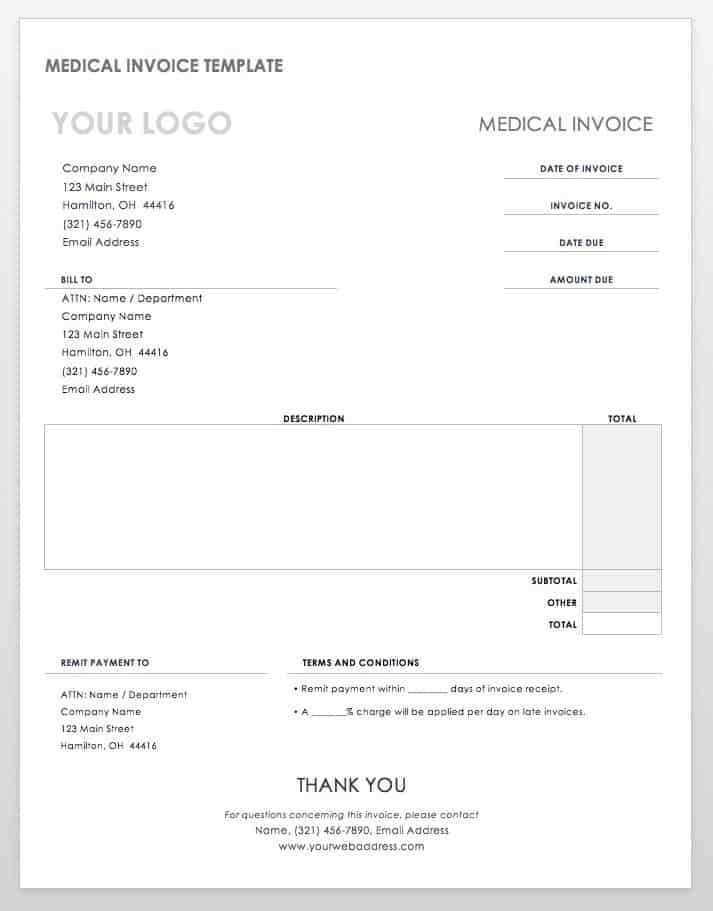
Below are some of the most commonly used tools for creating billing statements, each offering different features to suit various needs:
Tool Description Spreadsheet Software Programs like Microsoft Excel or Google Sheets are simple and widely accessible tools for creating customized billing documents. While they require manual setup, they offer flexibility in formatting and are useful for small practices. Accounting Software Accounting platforms like QuickBooks and FreshBooks can automate many aspects of billing, including calculations, tax inclusion, and generating invoices. These tools are ideal for practices that need more robust features for financial management. Billing Software Specialized billing software, such as Kareo, AdvancedMD, and DrChrono, offers features specifically for the healthcare industry. These tools automate the billing process, integrate with patient management systems, and ensure compliance with industry regulations. Online Billing Platforms Platforms like Zoho Invoice and Wave provide easy-to-use, cloud-based solutions for creating and managing billing statements. These tools are accessible from any device and are ideal for practices looking for a simple and affordable solution. Customizable Billing Software Customizable billing solutions, such as Square or Xero, allow practices to create tailored billing documents that fit their unique needs. These tools often integrate with other systems, like payment processors or customer relationship management (CRM) tools. Choosing the Right Tool
The right tool for your practice depends on various factors such as the size of your practice, the complexity of your billing needs, and your budget. For small practices or independent providers, spreadsheet o
Digital vs Paper Billing for Healthcare
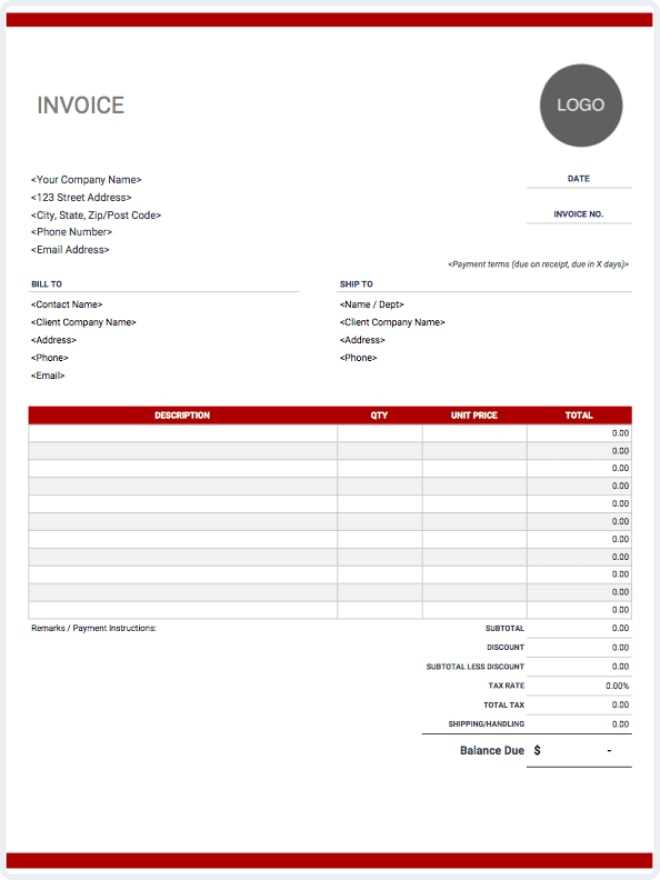
The choice between digital and paper billing systems is an important consideration for healthcare providers. Each method has its own set of advantages and challenges, and the decision often depends on the specific needs and preferences of the practice. While both options aim to ensure that patients receive accurate billing, the way in which they are managed, stored, and processed can have significant impacts on efficiency, cost, and patient satisfaction.
Advantages of Digital Billing
Digital billing systems have become increasingly popular due to their numerous benefits, especially in terms of speed, accessibility, and automation. Here are some of the key advantages:
- Speed and Efficiency: Digital billing allows for faster creation, transmission, and payment processing. Healthcare providers can quickly generate bills, email them directly to patients, and receive payments through secure online methods.
- Cost Savings: Digital systems eliminate the need for paper, printing, and postage costs, which can add up significantly over time. Additionally, digital records reduce the amount of physical storage required.
- Accessibility and Integration: Digital records can be accessed and managed from anywhere, allowing for greater flexibility. These systems also integrate well with other software like scheduling, accounting, and patient management platforms, ensuring seamless operations.
- Environmental Impact: Using digital billing reduces paper waste and is considered a more environmentally-friendly option for practices looking to minimize their ecological footprint.
Challenges of Digital Billing
Despite its advantages, digital billing also has some potential drawbacks that healthcare providers should consider:
- Technical Issues: Digital systems rely on technology, which can sometimes experience glitches or downtime. If there are technical problems, it may delay the billing process or cause data to be lost.
- Security Concerns: Handling sensitive patient information digitally requires a high level of security. Healthcare providers must ensure that their digital systems comply with privacy regulations and use encryption to protect patient data.
- Learning Curve: Switching from paper to digital may require training for staff to become familiar with the new system. This transition can take time and may initially slow down the billing process.
Advantages of Paper Billing
While digital billing is widely used, paper billing still has its place in some healthcare settings. For practices that prefer a more traditional approach, paper bills offer certain benefits:
- Familiarity: Many patients and healthcare providers are more comfortable with paper-based systems. For those who prefer to physically handle documents, paper billing can feel more tangible and easier to track.
- Less Dependence on Technology: Paper billing does not rely on internet a
Automating Billing for Healthcare Services
Automating the billing process for healthcare services can significantly enhance efficiency and reduce the administrative burden on staff. By leveraging technology, practices can streamline the creation, delivery, and management of billing statements, minimizing errors and accelerating the payment cycle. Automation can also help ensure that all charges are accurately accounted for, and that invoices are sent promptly and tracked effectively.
Benefits of Automation in Billing
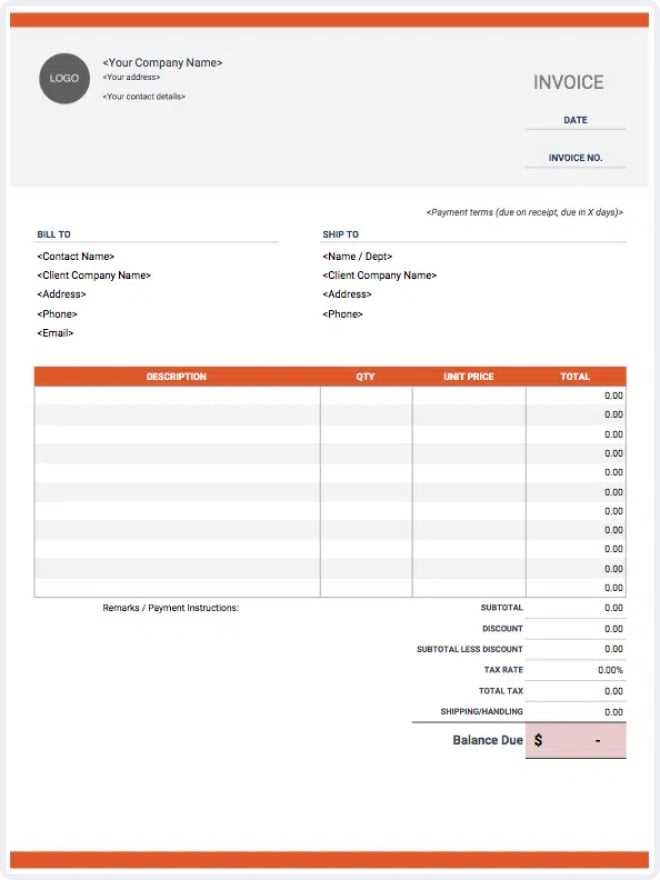
Automating billing processes offers numerous advantages that can greatly improve the overall financial management of a healthcare practice:
- Reduced Manual Effort: Automation eliminates the need for manual data entry, which can be time-consuming and prone to errors. The system can automatically pull information from patient records and service logs, generating accurate billing documents with minimal effort.
- Faster Billing and Payments: Automated systems can send billing statements to patients instantly after services are rendered. This accelerates the payment process, improves cash flow, and reduces the time spent on following up with overdue accounts.
- Consistency and Accuracy: Automated systems ensure that billing statements are consistent and free from human error. This reduces the likelihood of mistakes such as incorrect patient details, inaccurate service descriptions, or missed charges.
- Improved Patient Experience: With automated billing, patients receive clear, itemized, and timely statements. They can also be offered easy online payment options, making the process more convenient and transparent.
- Better Compliance: Automation ensures that billing practices adhere to regulatory standards, such as insurance claim requirements and tax regulations, reducing the risk of non-compliance.
How Automation Works in Billing Systems
Automating the billing process involves using specialized software that integrates with patient management systems, electronic health records (EHR), and accounting software. Here’s how the process typically works:
- Data Integration: Automated billing systems pull patient information and service details from integrated systems, ensuring that the correct charges are applied based on services provided during a visit.
- Customizable Billing Templates: The software uses pre-configured templates that can be customized to match the practice’s branding and the specific needs of the patient, ensuring professional and personalized statements.
- Real-time Billing: When services are recorded in the system, the billing details are updated in real-time, allowing for prompt generation of statements and accurate tracking of outstanding payments.
- Automated Reminders: Automated systems can send reminders to patients about upcoming payments, overdue balances, or insurance claim statuses. These reminders can
Tracking Payments from Billing Statements
Effective tracking of payments is a crucial component of financial management in any healthcare setting. By maintaining a clear and organized system for monitoring patient payments, healthcare providers can ensure that all outstanding balances are addressed in a timely manner, improving cash flow and reducing the risk of unpaid debts. Tracking payments not only helps with financial reporting but also ensures that billing practices remain accurate and efficient.
Methods for Tracking Payments
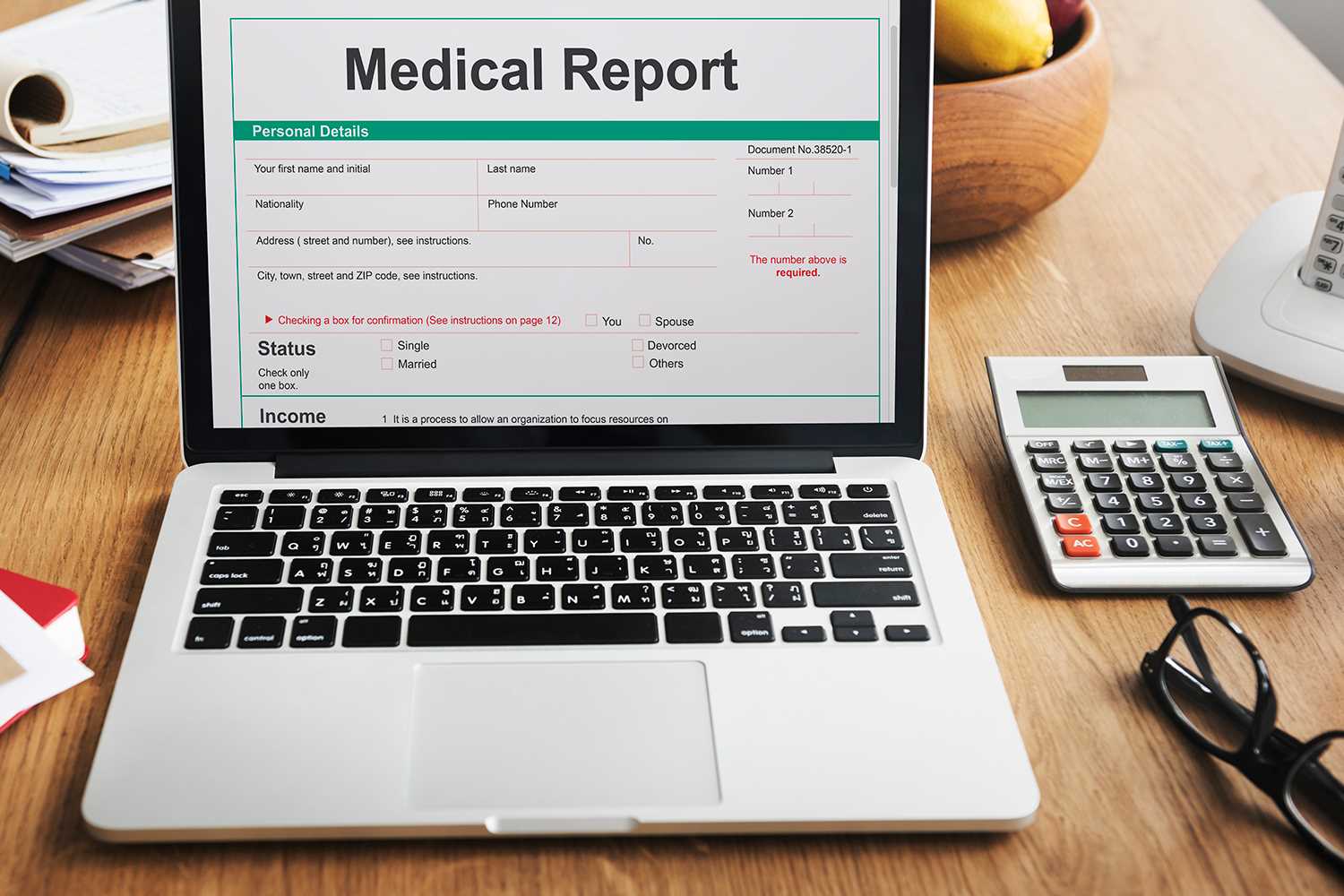
There are several ways healthcare providers can track payments, each with its own set of tools and processes. The goal is to maintain an organized and accurate record of each payment made, along with the associated billing details:
- Manual Record Keeping: In smaller practices, manual tracking might involve logging payments into a spreadsheet or paper ledger. Although this method can work for some, it is time-consuming and prone to errors, especially as the volume of transactions increases.
- Accounting Software: Specialized accounting software, such as QuickBooks or FreshBooks, can be integrated with patient management systems to automatically track payments, generate reports, and send reminders for overdue balances. These tools provide a more automated and error-free way to keep track of payments.
- Patient Management Systems: Many practices use comprehensive patient management software that includes built-in billing and payment tracking features. These systems update payment statuses in real time and offer easy access to financial records for both patients and staff.
- Electronic Payment Processing: Online payment systems like PayPal, Stripe, or integrated healthcare payment gateways automatically update payment statuses when patients pay online. These systems streamline the process and reduce the administrative workload for staff.
Best Practices for Tracking Payments
To ensure accurate payment tracking and efficient revenue collection, healthcare providers can follow a few best practices:
- Track Payments in Real Time: It’s important to update payment statuses as soon as a payment is received. This prevents errors, ensures that balances are always accurate, and reduces the chances of overlooking overdue accounts.
- Reconcile Regularly: Schedule regular reconciliation of payments to ensure that your financial records match up with actual transactions. This helps identify any discrepancies early and provides an opportunity to address them quickly.
- Set Up Payment Reminders: Use automated systems to send reminders to patients about overdue payments. Many patient management systems can automatically send out gentle reminders, which can help reduce the number of unpaid balances.
- Offer Multiple Payment Options: Providing patients with several payment options, such as credit card payments, bank transfers, or online payment platforms, makes it easier for them to pay on time, improving overall collection rates.
- Monitor Payment Patterns: Track payment trends to identify patterns in patient payments, such as recurring late payments or frequent partial payments. This information can help you refine you
Legal Considerations for Healthcare Billing
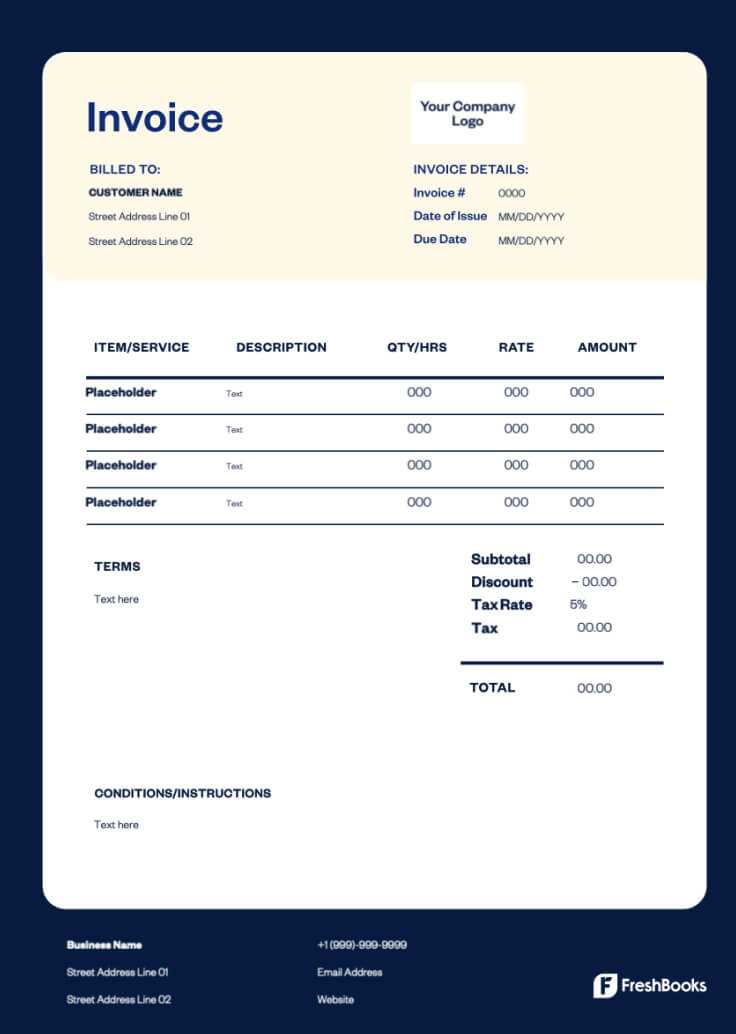
When managing billing practices in healthcare, it is essential to consider the legal regulations that govern how charges are made, reported, and collected. Compliance with these regulations not only helps avoid legal consequences but also ensures transparency, fairness, and protection for both healthcare providers and patients. Legal requirements can cover a wide range of areas, from billing accuracy and insurance claims to privacy standards and fraud prevention.
Key Legal Regulations in Healthcare Billing
There are several legal frameworks that healthcare providers must be aware of when it comes to billing practices:
Regulation Description HIPAA (Health Insurance Portability and Accountability Act) HIPAA establishes privacy and security rules for patient information. Healthcare providers must ensure that patient data, including billing details, is kept confidential and secure. False Claims Act This law prohibits submitting false or fraudulent claims for payment to government healthcare programs like Medicare or Medicaid. Misrepresentation of services or charges can result in severe penalties. Fair Debt Collection Practices Act (FDCPA) The FDCPA regulates how debts can be collected from patients. It prohibits abusive, deceptive, or unfair collection practices, ensuring that patients’ rights are protected throughout the payment process. Stark Law Stark Law restricts self-referral in healthcare billing. Healthcare providers are prohibited from referring patients to services where they have a financial interest, unless specific exceptions apply. Integrating Billing with Healthcare Software 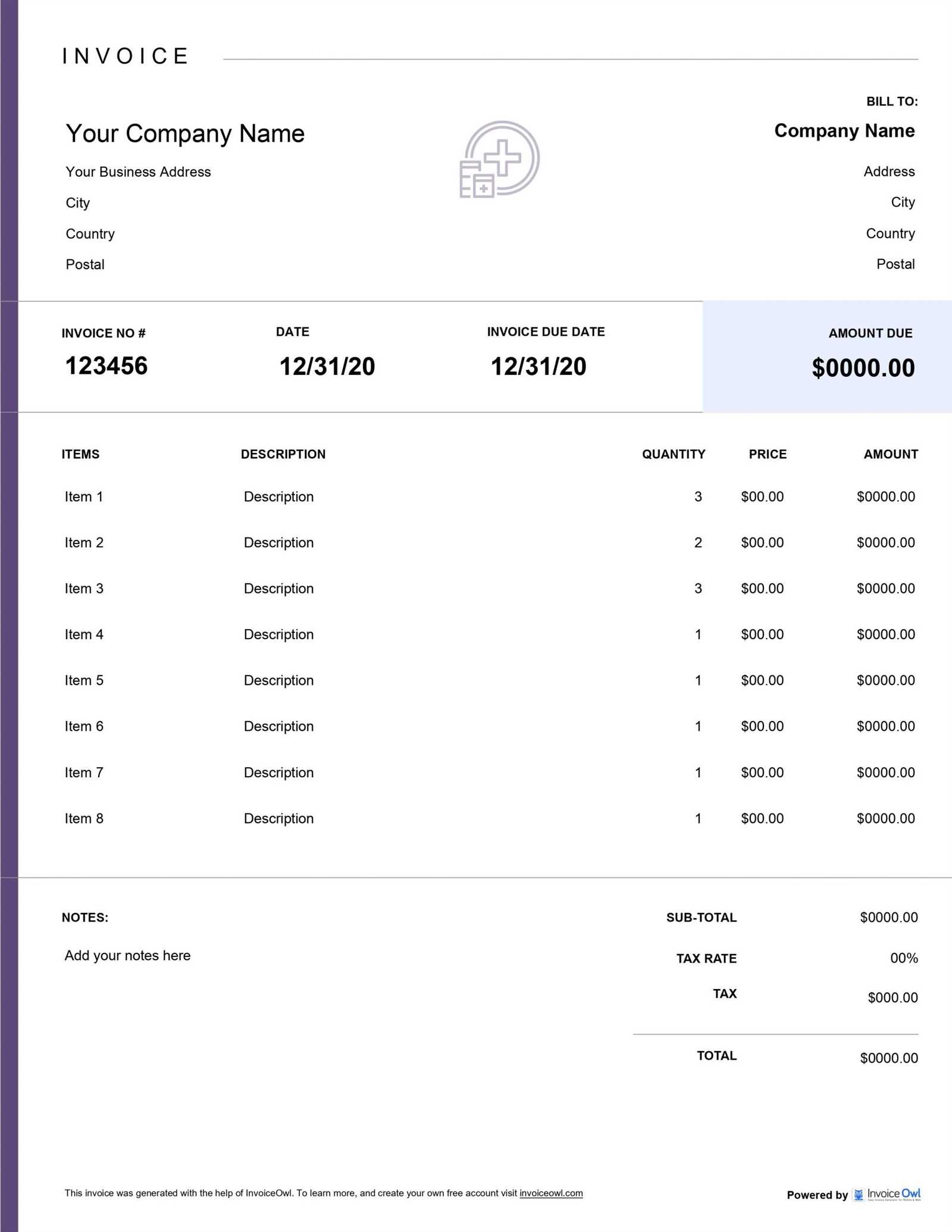
Integrating billing systems with healthcare software allows for seamless management of financial data, enhancing accuracy, efficiency, and overall workflow. By linking billing functions with patient management systems, practices can streamline the entire process from service delivery to payment, reducing manual work and minimizing errors. This integration ensures that all financial transactions are captured and recorded in real time, providing a comprehensive view of both patient care and financial health.
Benefits of Integration

There are numerous advantages to integrating billing with healthcare management software:
- Improved Accuracy: Automation of data transfer between patient records and billing systems ensures that charges are accurately applied based on the services provided, reducing the risk of errors.
- Faster Billing Cycles: By eliminating the need for manual data entry, integration speeds up the creation and processing of bills, leading to quicker payments and improved cash flow.
- Real-Time Data Updates: Integrated systems update financial data in real time, allowing for immediate access to billing information and providing a more current financial snapshot for both staff and patients.
- Streamlined Workflow: Integration minimizes redundant tasks, such as double-checking patient information or re-entering data, freeing up time for staff to focus on more critical tasks.
- Compliance and Reporting: Integrated systems can automatically generate reports for auditing purposes, helping healthcare providers stay compliant with regulatory standards and making it easier to track financial performance.
How Integration Works
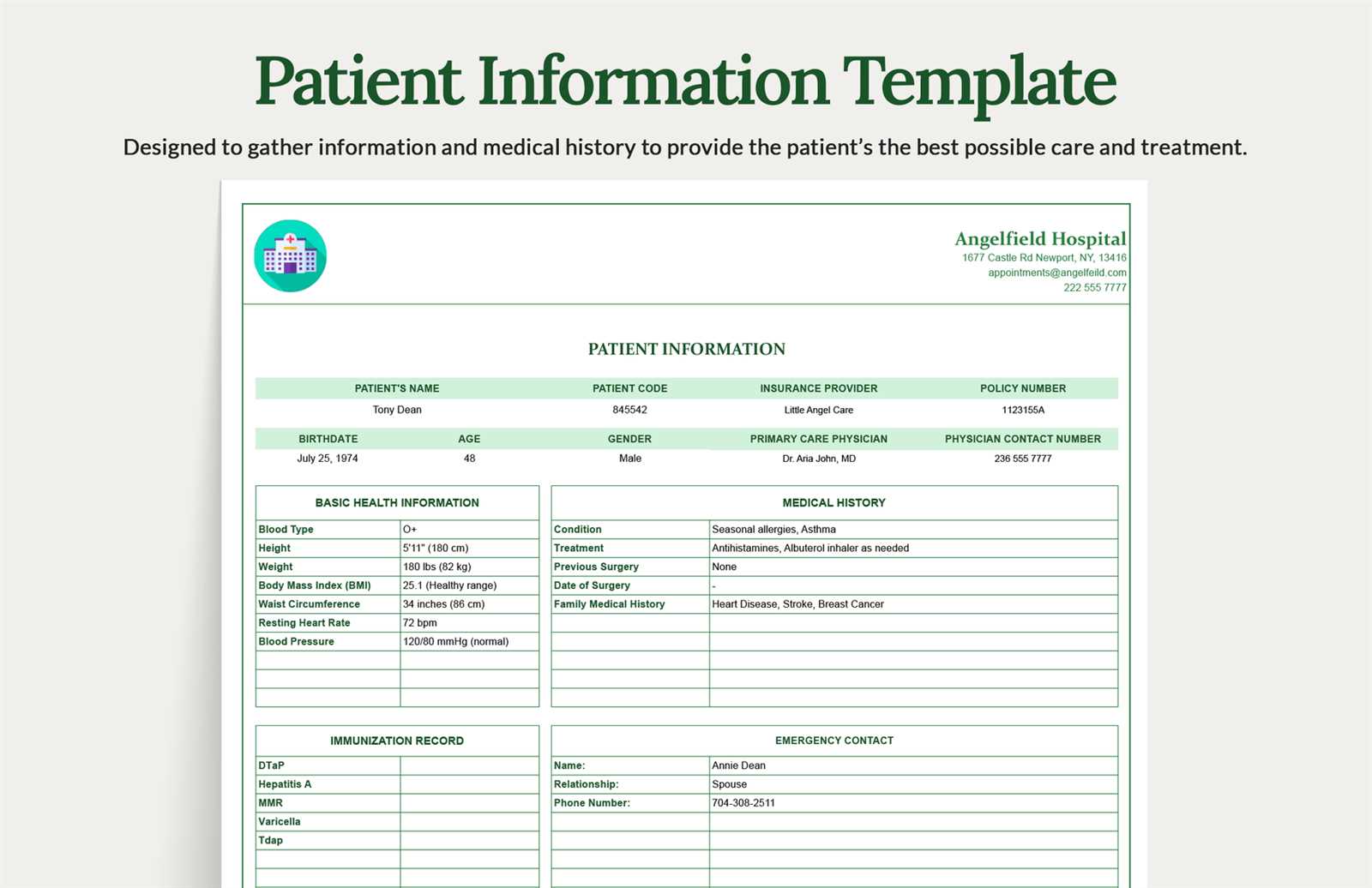
Integrating billing with healthcare software typically involves connecting several key components to create a seamless workflow:
- Patient Management Systems: These systems hold patient demographics, insurance information, and visit details, which can be automatically transferred to the billing system to create accurate charge statements.
- Electronic Health Records (EHR): EHR systems store medical histories, diagnoses, and treatment plans. This data can be used to generate accurate bills, ensuring that all services provided are properly documented and billed.
- Accounting Software: Integration with accounting tools like QuickBooks or specialized healthcare billing software helps manage financial transactions, track payments, and generate invoices directly from the patient data stored in the system.
- Payment Gateways: Integrated billing systems often include payment gateway support, allowing patients to make online payments directly from the billing interface, streamlining collections and improving patient convenience.
For a successful integration, healthcare providers should choose software solutions that are compatible with each other and meet industry standards for security, privacy, and regulatory compliance. This en